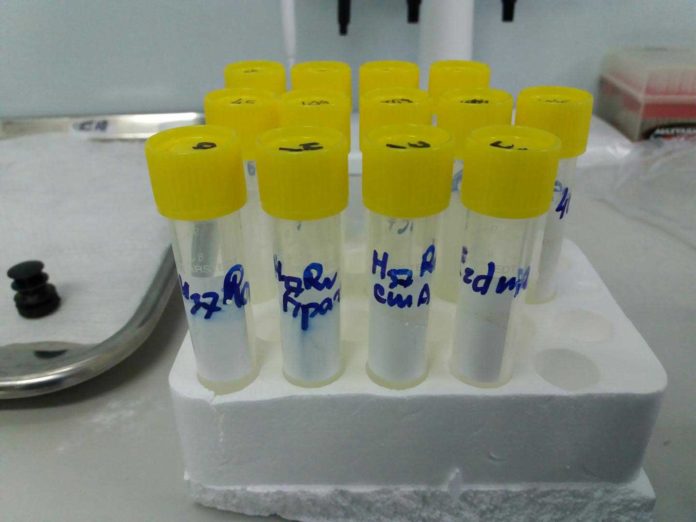Scientists at the Kant Baltic State University have developed a method to quickly identify single antibiotic-resistant bacteria cells that are the agents of tuberculosis. This method could help scientists to select effective treatment for tuberculosis.
According to the World Health Organization, each year almost 10 million people worldwide get infected with TB. The disease caused by antibiotic-resistant strains of Mycobacterium tuberculosis.
There are many methods available to diagnose the disease, but they are time-consuming. Methods of quick identification of drug-resistant bacteria are required both for clinical practice and scientific research. Taking this fact into the account, scientists along with their colleagues from Saint-Petersburg State Research Institute of Phthisiopulmonology and Saint-Petersburg State University came up with a method that using Raman scattering spectrography to quickly analyze bacterial cells.
The method quickly identifies the composition and structure of the studied material based on the scattering of laser radiation with a certain wavelength by its sample.
Scientists used bacterial strains obtained from lung expectorations of tuberculosis patients, as well as from bone tissue samples taken during surgeries. Before the experiments with Raman scattering spectrography, the level of drug resistance of the bacteria was determined using standard biological and chemical methods.
To obtain information about the structure of the cells belonging to different strains, the scientists pointed the laser beam at different bacteria during the spectroscopy procedure. The cells of different strains appeared to scatter the light differently because resistance to antibiotics occurs, among other things, due to changes in the composition of bacterial cell wall components. Spectroscopy helped identify differences in the cell walls of drug-resistance and drug-sensitive bacteria.
Andrey Zyubin, a senior research associate at the Scientific and Educational Center said, “According to the results of the experiment, Raman spectroscopy may be a useful tool for determining the levels of drug resistance in tuberculosis agents. Fundamental and Applied Photonics. Nanophotonics.”
The results of the first trial of the method were published in Data in Brief.
